At the core is the Sacred – the ultimate reality, expressed in various forms as God, Allah, Brahman, or Radiant Emptiness, the patriarch stated.
On July 29, 2025, in Istanbul, Ecumenical Patriarch Bartholomew delivered a keynote speech at the World Council of Religions for Peace meeting, titled “Contradictions and Prerequisites for Interreligious Dialogue.” He discussed creating a “Common Sacred Worldview” to address current challenges.
Patriarch Bartholomew identified the prevailing “materialistic worldview of a reductive-simplistic nature” as the main issue of the modern world, which “reduces human prosperity solely to its material dimension, systematically excluding the Sacred.”
He emphasized that “the polyphony of religions, as well as multilingualism, is an obstacle to be overcome.”
Here is the full text of the message, available on the Ecumenical Patriarchate’s website:
“Contradictions and Prerequisites of Interreligious Dialogue”
Your Eminences,
Your Excellencies,
Mr. Secretary General,
Distinguished members of the World Council,
Dear friends and colleagues,
In this City, whose stones echo centuries where the oecumene was defined spiritually, and where the Ecumenical Patriarchate of Constantinople continues to bear witness to Orthodox Christianity’s universal calling, we confront a planetary crisis. The challenge is not in visible manifestations like economic instability or unbridled technological progress, but in an underlying condition that permits these phenomena to manifest destructively. The “Religions for Peace” initiative recognizes a dominant, unavowed worldview as a fundamental problem. It describes a prevailing materialism that diminishes human flourishing to its material dimension, excluding references to the Sacred. As Saint Gregory of Nyssa taught, one cannot ascend to the light of truth unless the dead and earthly garment of skins is stripped away from the soul’s foundations. This is true existence, and understanding this is the knowledge of truth.
This worldview’s consequence is existential and social, distorting human completeness and promoting isolation, exploitation, and environmental destruction. Humans cease being relational beings founded on a transcendent reality and become autonomous units seeking well-being at others’ and the natural world’s expense. Losing the Sacred relationship severs societal bonds, leaving individuals in competition. Interreligious dialogue emerges as an essential collective resistance act. Different religious traditions, each bearing unique Sacred experiences, must confront globalized meaninglessness and re-articulate love, compassion, mercy, forgiveness, and self-sacrifice as active fuller reality elements. Common action, expressed from the “Different Faiths – Common Action” movement onset, presupposes a shared meeting place where individual voices articulate a common testimony.
The proposed response to this existential challenge is a “Common Sacred Worldview,” aspiring to function as the theoretical foundation for a “Common Sacred Flourishing.” This is not about creating a new syncretistic religion nor substituting unique religious tradition worldviews, but highlighting consensus fields and mapping points where different Sacred experiences converge, opposing materialistic reductionism. The intention is to highlight connections with the Sacred, previously silent in interreligious initiatives, while allowing each tradition to maintain its identity.
This framework consists of four pillars forming a holistic reality view. At its center is the Sacred, the ultimate reality expressed diversely as God, Allah, Brahman, or the Luminous Void. This reality is not abstract but the “community of being,” uniting all through Love, Compassion, Mercy. Humans are relational beings founded on the Sacred, actualizing potential through virtue cultivation, with Sacred Love’s freedom central. Society is not individuals’ sum, but a “whole of whole human beings,” a reciprocity structure between persons and common good institutions like family, education, and economy. Lastly, the Earth and life’s network, sacred themselves or expressions of the Sacred, demand respect expressed through virtues like sustainable consumption and renewable energy source structures.
This proposal aims to bridge faith and science, drawing from quantum mechanics and biology to challenge dominant mechanistic models and project an interconnected wholeness image coordinating with spiritual perspectives. The invitation for a “new natural philosophy” uniting the scientific and spiritual quest is perhaps the boldest element. The “Common Sacred Flourishing” is not just theoretical but a guide for collaborative action, a framework supplementing the United Nations’ Sustainable Development Goals with the critical Sacred relationship dimension often absent from secular designs. Success depends on a fundamental precondition: the dialogue of life as a precondition for interreligious dialogue, emphasizing lived experiences before common worldviews.
The “Common Sacred Worldview” addresses not merely contemporary pathology. Humanity has lived within a pluralistic framework throughout recorded history. Why does homo sapiens, sharing common biochemical texture and genetic potential, not speak a common language? Instead of a single linguistic solution, four or five thousand languages exist, remnants of even more spoken in the past. This linguistic variety is not just a communication




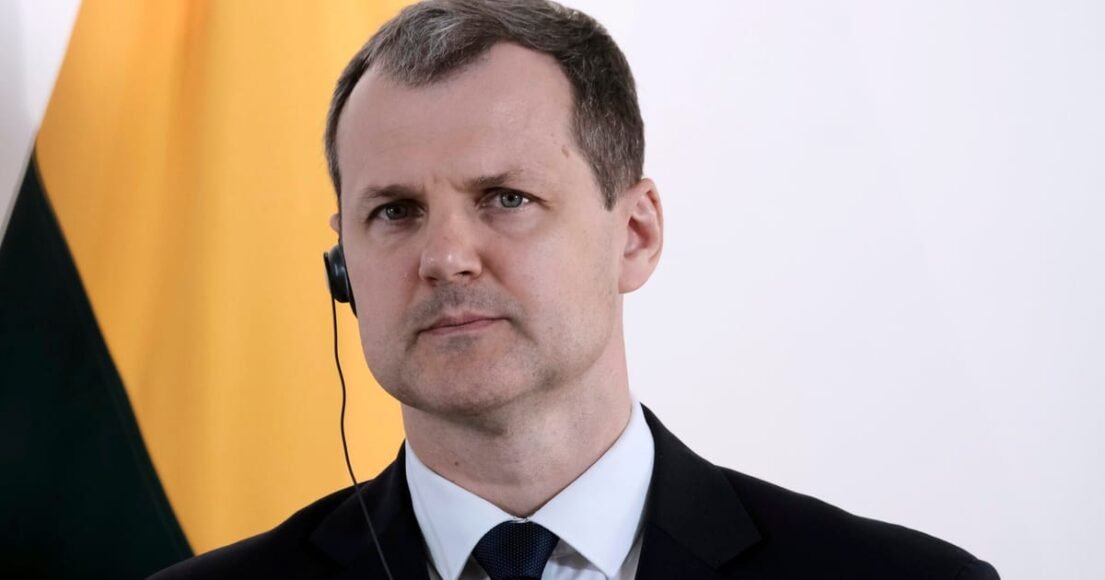

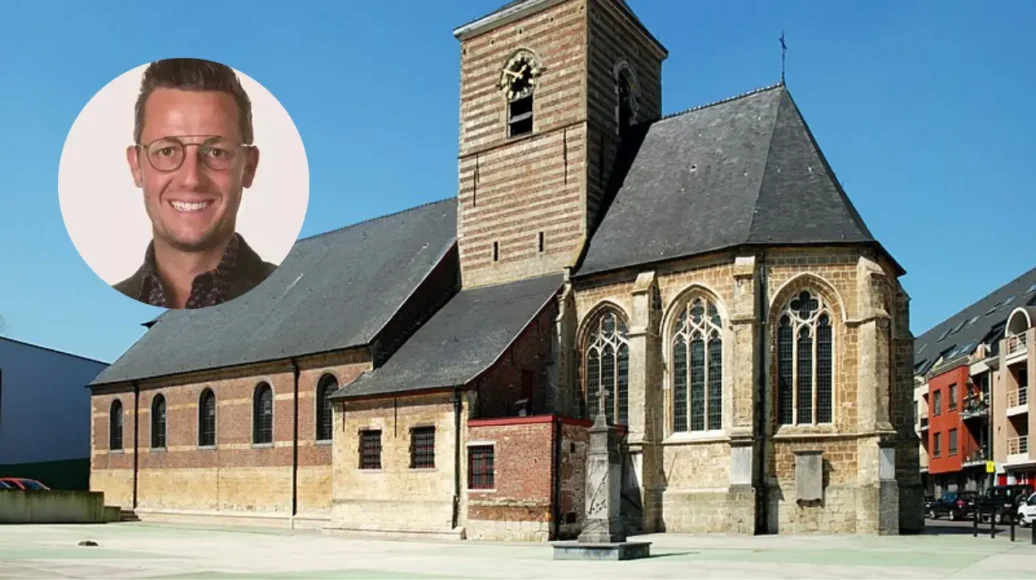
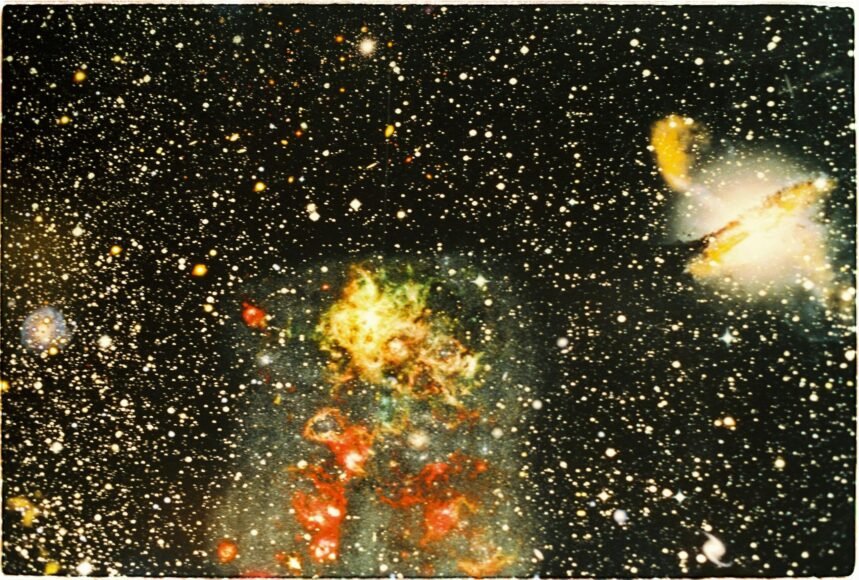



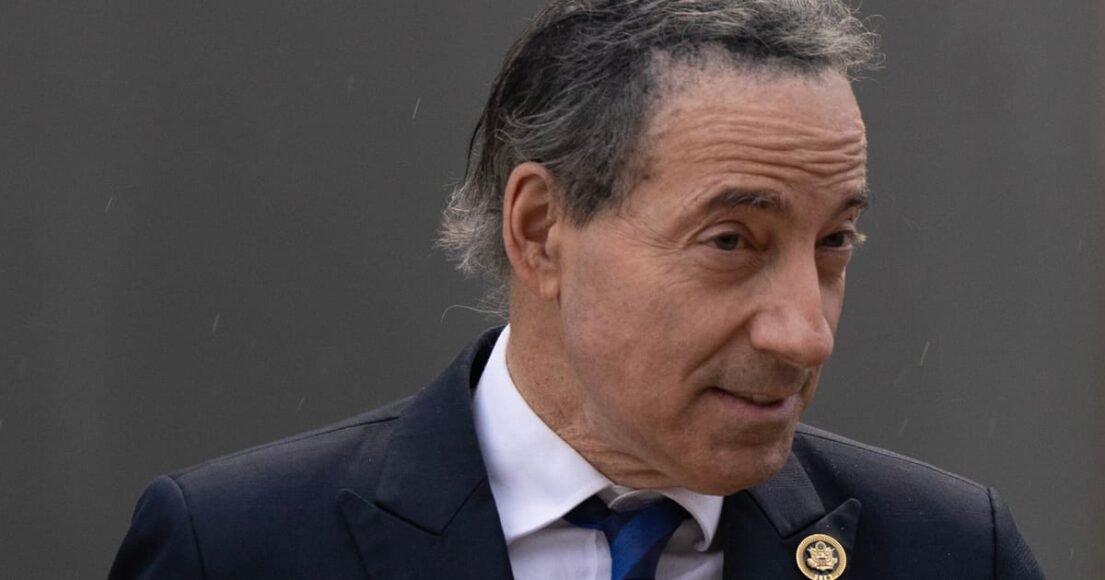
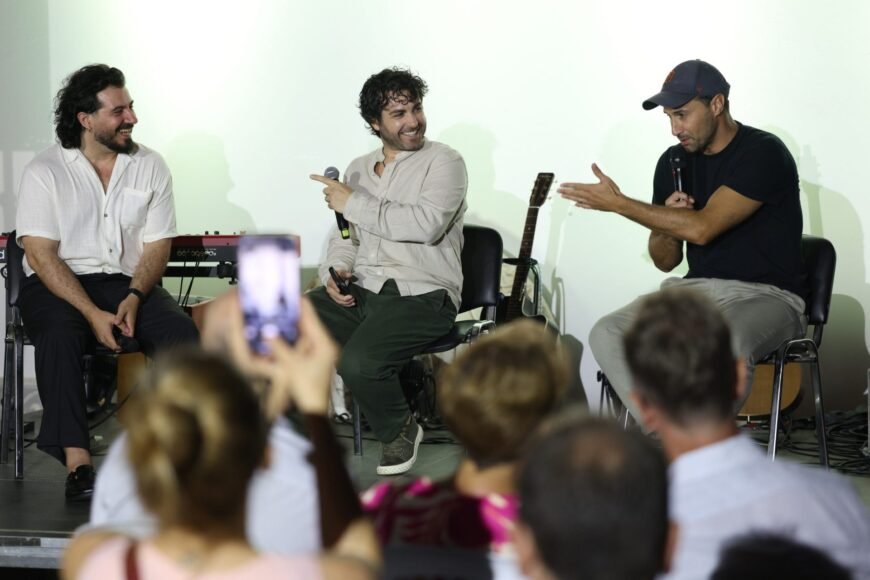
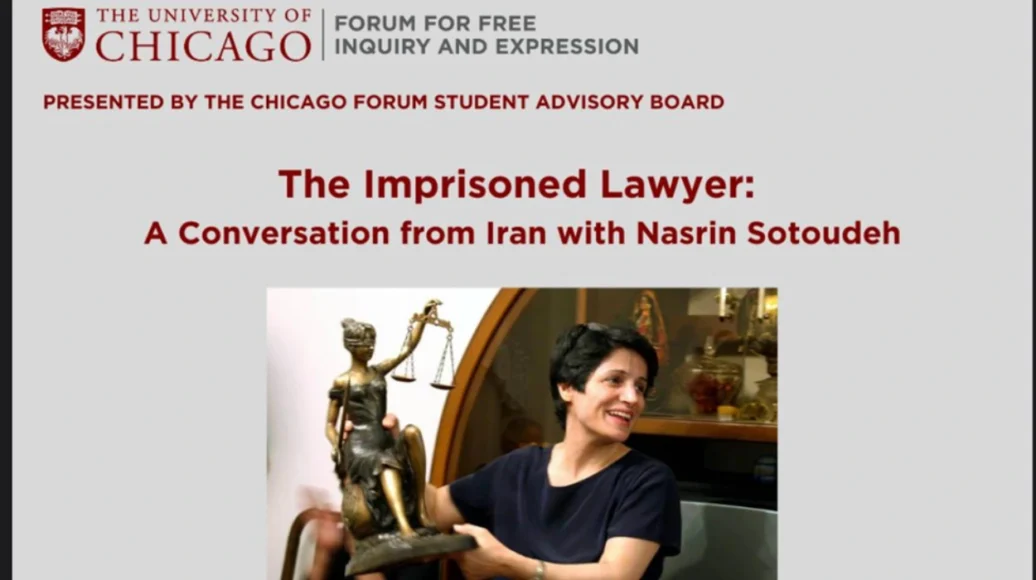
Leave a Reply